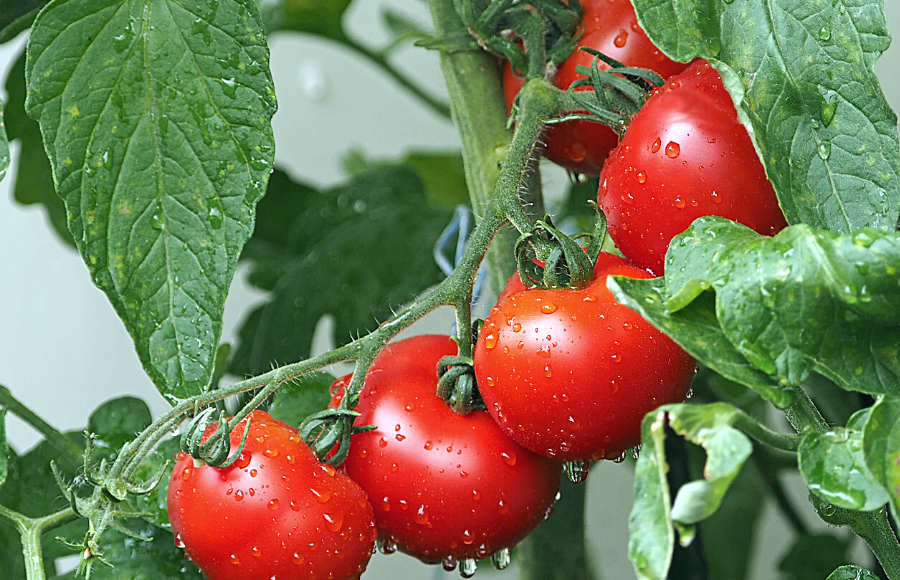
Government announces Tomato Grand Challenge Hackathon to generate innovative ideas to enhance Tomato value chain and ensure its availability at affordable prices.
Students, Research Scholars, Faculty Members, Industry, Start-ups, MSMEs, LLPs, and Professionals urged to participate in the Hackathon.
Tomato Grand Challenge (TGC) Hackathon has been announced by the Secretary, Department of Consumer Affairs, Mr. Rohit Kumar Singh, to invite innovative ideas at various levels of the tomato value chain to ensure availability of tomato to the consumers at affordable prices and help tomato farmers get value for the produce.
India is the second largest producer of Tomatoes in the world and studies estimates that about 20-22% of fresh tomatoes and 5% of processed tomatoes are wasted every year. Moreover, Tomatoes are highly susceptible to price volatility as slight disruptions in supply chain or damage due to heavy rains leads to spike in prices.
The prices of tomatoes can be brought back to normal levels by improving storage and processing. To ensure prices remain stable, innovation at the seed level, primary storage, post-harvest and crop information is necessary and this hackathon is announced for the public to share ideas for reducing tomato prices that have currently skyrocketed in several cities across the country.
The Hackathon has been formulated by the Department of Consumer Affairs in collaboration with Ministry of Education (Innovation Cell).
The Grand Challenge invites ideas on comprehensive and focused area interventions in tomato value chain - from cropping and market insights for the farmers, appropriate cultivars (OP varieties or hybrids) with higher shelf-life of the fruits for fresh marker, cultivars specifically suitable for processing, value-addition through interventions that can increase shelf-life, improve transportation of fresh and processing products, innovative packaging and storage.
The entry of participants for the TGC are invited under two tracks, namely —
- Students, Research Scholars
- Faculty Members, Industry individuals, Indian start-ups, Micro, Small & Medium Enterprises (MSMEs), Limited Liability Partnership (LLPs), Professionals.
Interested participants can apply at –https://doca.gov.in/gtc/index.php
Tomato is produced almost in all the states in India, though in varying quantities. Maximum production is in southern and western regions of India, contributing 56%-58% of all India production. Southern and Western regions being surplus states, feed to other markets depending on production seasons.
The production seasons are also different across regions. The peak harvesting season occurred in December to February. The periods during July-August and October-November are the lean production months of tomato. July coinciding with monsoon season, adds to further challenges related to distribution and increased transit losses adding to price rise.
The cycle of planting and harvesting seasons and variation across regions are primarily responsible for price seasonality in Tomato. Apart from the normal price seasonality, temporary supply chain disruptions and crop damage due to adverse weather conditions etc. often led to sudden spikes in prices. Conversely, glut in the production of at local levels have also led to dip in prices causing huge loss to the farmers.
















 IndianWeb2.com is an independent digital media platform for business, entrepreneurship, science, technology, startups, gadgets and climate change news & reviews.
IndianWeb2.com is an independent digital media platform for business, entrepreneurship, science, technology, startups, gadgets and climate change news & reviews.



